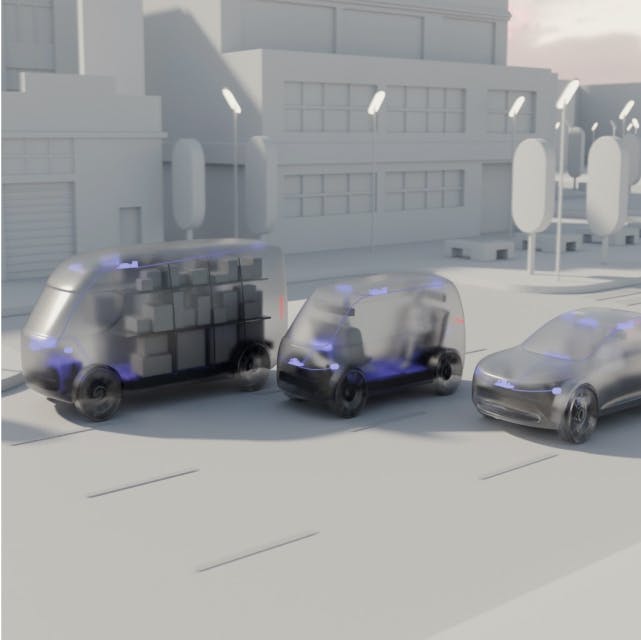Public safety officials are increasingly faced with the challenges of interacting with new technologies. As more autonomous vehicles hit the road, it’s critical that companies communicate how law enforcement and other first responders can interact with these vehicles and ensure safety on our roads. That’s why Nuro works closely with first responders to thoughtfully introduce our autonomous delivery vehicles into communities and prepare for any issues before they occur.
Today, we’re excited to share our Law Enforcement Interaction Plan with the public.
Nuro’s Law Enforcement Interaction Plan includes the procedures, instructional how-to guides, and vehicle information necessary to support first responders in the event of an emergency or other issues. While these interactions are uncommon, it is critical to prepare.
This public document is nearly identical to the materials shared directly with first responders, with the exception of select details, such as a dedicated hotline we want to reserve for use by law enforcement. We believe transparency is key to building public trust and supporting the safe adoption of autonomous vehicles.
Learning together
Training workshop with the Mountain View Police Department
With almost seven million car crashes and twenty million traffic stops in an average year, law enforcement is equipped with extensive emergency management experience, spanning commonplace and rare scenarios. Nuro regularly engages with first responders to refine our emergency response procedures, support community education events, and ensure our technologies are safely integrated into neighborhoods.
Training drills provide law enforcement the space to share feedback on our law enforcement interaction plan and procedures, as well as an opportunity to better understand Nuro’s technologies. For example, Nuro validates the technical capabilities of our software through perception testing with the California Highway Patrol and the Houston Police Department to ensure our autonomous vehicles detect and respond to emergency vehicles.
“When conducting demonstrations and training with local police departments, we hear their excitement about how our autonomous technology, vehicles’ smaller size, and limited speed can lead to safer neighborhood streets,” said Dan Mitchell, City and Community Engagement Manager at Nuro. “But they also have a lot of questions about how the systems work. These conversations help ensure our technology is deployed safely.”
Nuro conducts perception testing with mounted police at the Houston Police Department
What we’ve learned from developing our interaction plans
The roadways are busy places, and first responders have many competing priorities when it comes to resources and training. As autonomous vehicles become more prevalent in the coming years, we wanted to share some best practices for both developers and first responders about how to develop and implement first responder interaction plans.
- Making critical information easily accessible. A consistent piece of feedback from first responders is that it is important to present information in a format that is concise, quick, and easily accessible. That’s why Nuro uses an intuitive, visual design and also produced a one-pager version of the Law Enforcement Interaction Plan that keeps instructions succinct and easy-to-read in evolving situations.
- Incorporating AVs into regular training. While Nuro regularly conducts training about our vehicles, our demos cannot reach everyone. Existing training programs will need to be revised to incorporate novel technologies.
- Appointing a point-of-contact for interfacing with developers. For developers of autonomous technologies, it can be difficult to find the right person to talk to within a Public Safety Department. We commend local agencies in Arizona and Mountain View that have designated staff to manage the relationship with AV companies and ensure information is reaching the right internal team members.
Nuro’s Law Enforcement Interaction Plans follow the best practices outlined by the Automated Vehicle Safety Consortium and the Governor’s Highway Safety Association and meet the requirements set forth by the states where we operate.
We value first responders’ expertise and continue to welcome input or requests for demos or training from departments. Contact us at feedback@nuro.ai.


